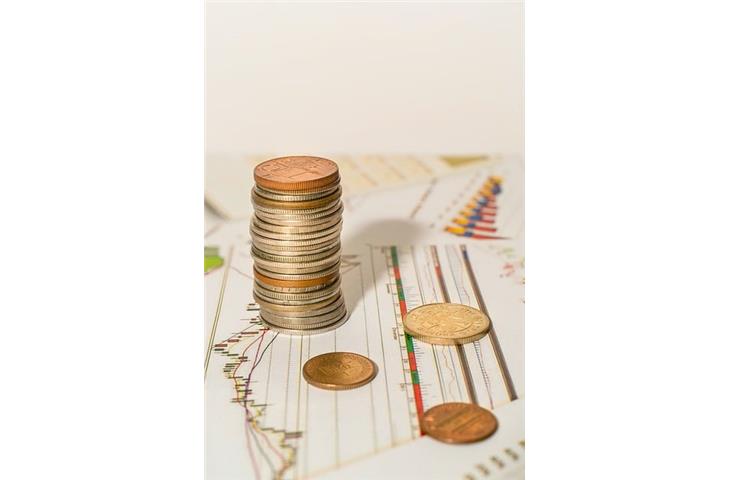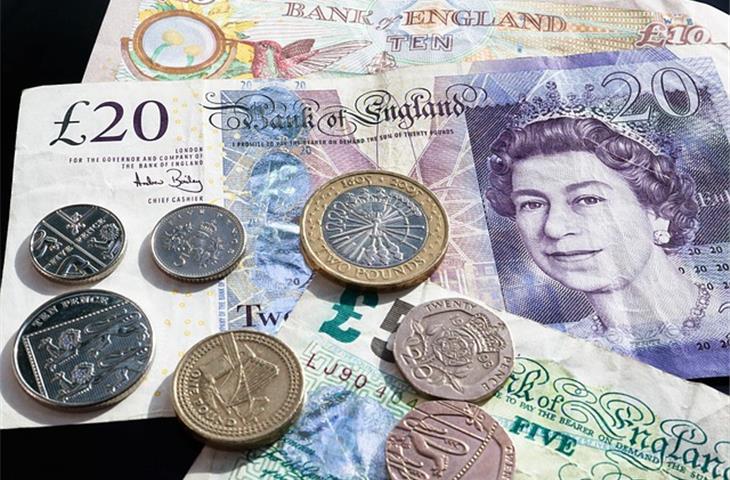In the fluid realm of foreign exchange, maintaining familiarity with the prevailing exchange rate between sterling (GBP) and the dollar (USD) assumes paramount importance for individuals, corporations, and portfolio managers. Regardless if your imminent excursion transcends national borders, you're partaking in global commerce, or simply intrigued by finance, comprehending the current exchange ratio is crucial. This piece aspires to offer a broad perspective on the present pound to dollar exchange rate, its determinants, and its ramifications for diverse stakeholders.
I. Factors Shaping the Pound to Dollar Exchange Rate

A. Economic Indicators

B. Political Stability

C. Central Bank Policies
D. Market Sentiment
II. Present Exchange Rate: An Intricate Examination
A. Historical Trajectories
B. Contemporary Economic Developments
C. Technical Analysis
D. Fundamental Analysis
III. Consequences for Corporations and Investors
A. Effect on International Trade
B. Investment Prospects
C. Travel and Tourism
D. Remittances and Overseas Income
IV. Managing Currency Exchange Risks
A. Hedging Tactics
B. Risk Management Techniques
C. Alternative Currencies
D. Prospective Outlook
I. Factors Shaping the Pound to Dollar Exchange Rate
A. Economic Indicators:
The pound to dollar exchange rate is profoundly shaped by economic indicators like GDP expansion, inflation rates, and job statistics. Robust economic performance in either the UK or the US can fortify the respective currency, culminating in a favorable exchange rate. Conversely, feeble economic indicators can undermine the currency and yield a less favorable exchange rate.
B. Political Stability:
Political stability holds a critical role in determining money values. A nation with robust political establishments and an open governance framework is more inclined to entice foreign investment, thereby bolstering its currency. Conversely, political uncertainties and volatility can erode investor trust, resulting in a devaluation of the currency.
C. Central Bank Policies:
Central banks hold a pivotal position in sculpting currency exchange rates. Utilizing monetary policy instruments like interest rate modifications, central banks can sway the supply and demand of their respective currencies. Elevated interest rates typically reinforce the currency, as they magnetize foreign investors pursuing superior returns. Conversely, reduced interest rates can debilitate the currency.
D. Market Sentiment:
Market sentiment, or the collective psyche of investors, also substantially influences exchange rates. Elements such as geopolitical incidents, economic crises, and market conjectures can instigate fluctuations in the pound to dollar exchange rate. Investors frequently respond to these occurrences, precipitating swift alterations in currency values.
II. Present Exchange Rate: An Intricate Examination
A. Historical Trajectories:
Examining historical exchange rate data can furnish insights into enduring trends and patterns. By scrutinizing past movements, investors and corporations can formulate more judicious decisions regarding their currency exposure and potential hazards.
B. Contemporary Economic Developments:
Keeping tabs on recent economic advancements in both the UK and the US is vital for understanding the current exchange rate. Factors such as economic growth, inflation, and employment data can furnish invaluable information about the prospective trajectory of the pound to dollar exchange rate.
C. Technical Analysis:
Technical analysis entails scrutinizing past price movements and patterns to anticipate future exchange rate fluctuations. Various tools and indicators, such as moving averages and oscillators, are employed to pinpoint potential buying or selling opportunities.
D. Fundamental Analysis:
Fundamental analysis involves scrutinizing economic, societal, and political elements that can influence the pound to dollar exchange rate. By dissecting these factors, investors can attain a profound comprehension of the underpinning factors propelling currency values.
III. Consequences for Corporations and Investors
A. Effect on International Trade:
The pound to dollar exchange rate wields a substantial impact on international trade. A favorable exchange rate can render exports more affordable for foreign purchasers, stimulating demand. Conversely, a less favorable exchange rate can escalate imports, affecting businesses and consumers.
B. Investment Prospects:
Comprehending the current exchange rate can assist investors in identifying potential opportunities in the foreign exchange market. By capitalizing on favorable exchange rates, investors can optimize their returns on investments.
C. Travel and Tourism:
